Home>Home Appliances>Laundry Appliances>How To Wash A Tent In The Washing Machine
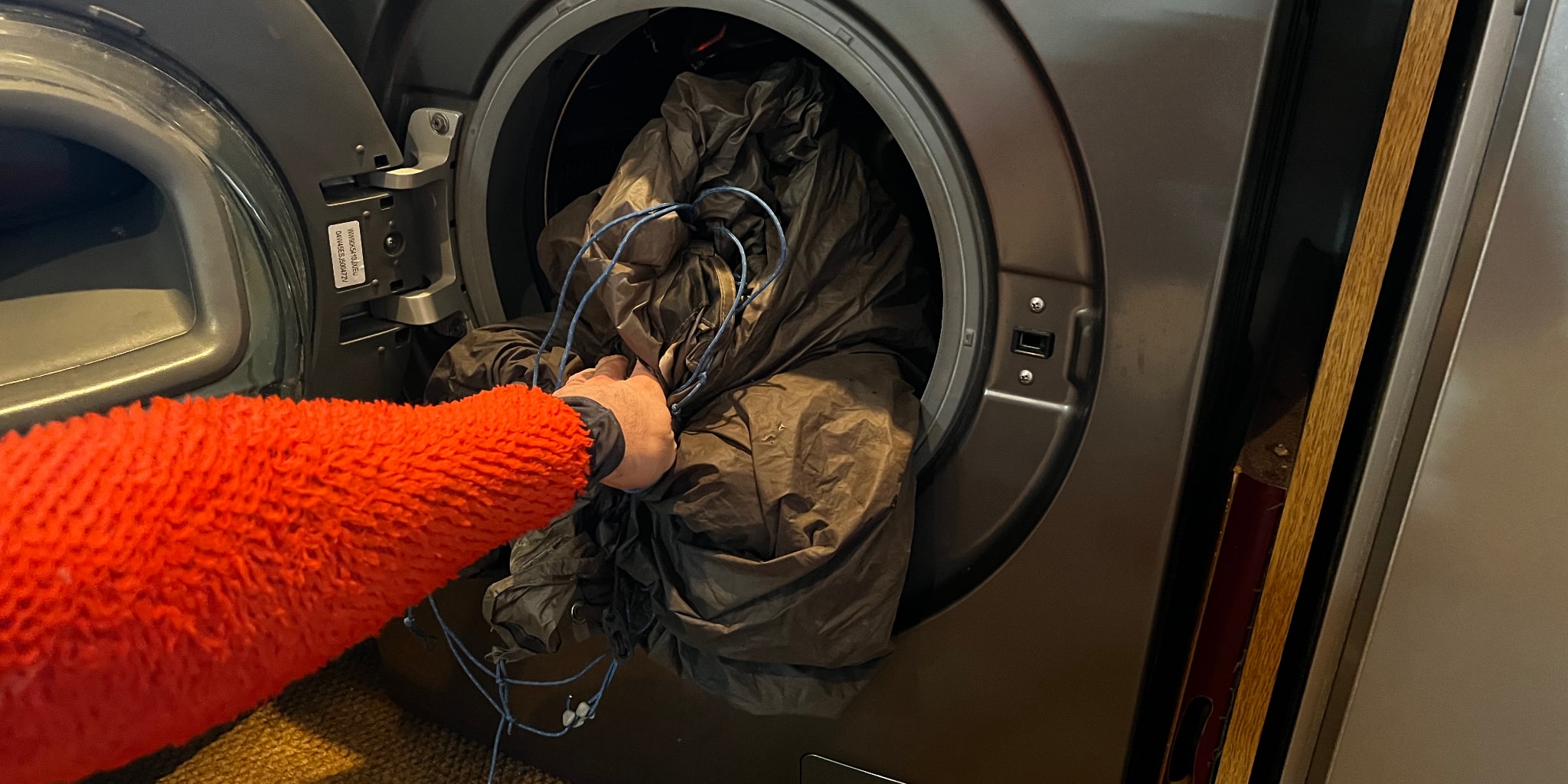

Laundry Appliances
How To Wash A Tent In The Washing Machine
Published: February 22, 2024
Learn how to safely wash a tent in a washing machine using laundry appliances. Follow these tips to keep your tent clean and well-maintained.
(Many of the links in this article redirect to a specific reviewed product. Your purchase of these products through affiliate links helps to generate commission for Storables.com, at no extra cost. Learn more)
Introduction
Washing a tent in a washing machine may seem unconventional, but it can be an effective way to refresh and revitalize your outdoor shelter. Over time, tents can accumulate dirt, grime, and musty odors from outdoor adventures, making it essential to give them a thorough cleaning. While hand washing is a traditional method, using a washing machine can save time and effort, especially for larger tents.
In this comprehensive guide, we will walk you through the step-by-step process of safely and effectively washing your tent in a washing machine. From preparing the tent for washing to selecting the right detergent and setting the washing machine, we will cover all the essential details to ensure a successful cleaning process. Additionally, we will provide valuable tips and precautions to help you maintain the integrity and longevity of your tent throughout the washing and drying stages.
By following these instructions, you can breathe new life into your tent, eliminating stubborn stains, odors, and dirt, and preparing it for your next outdoor escapade. Let's delve into the intricacies of washing a tent in the washing machine and discover how this method can be a game-changer for your outdoor gear maintenance.
Key Takeaways:
- Keep your tent fresh and clean by preparing it thoroughly before washing, using a gentle cycle, and choosing the right detergent. Proper drying and regular maintenance can extend its lifespan and reduce the need for frequent machine washing.
- Prioritize tent care with spot cleaning, zipper maintenance, and proper storage. Avoid harsh chemicals, overcrowding the washing machine, and prolonged exposure to direct sunlight. Following manufacturer guidelines and seeking professional cleaning services when needed can help maintain your tent’s durability and performance.
Read more: How To Store A Tent
Preparing the Tent
Before tossing your tent into the washing machine, it's crucial to prepare it properly to ensure a successful and gentle cleaning process. Here's a detailed breakdown of the essential steps to prepare your tent for washing:
-
Emptying and Disassembling: Start by emptying the tent of all its contents, including sleeping bags, pillows, and any other gear stored inside. Next, carefully disassemble the tent, removing the rainfly, poles, stakes, and any detachable components. This step is vital to prevent damage to the tent and its accessories during the washing and drying cycles.
-
Spot Cleaning: Inspect the tent for any visible stains, dirt, or debris. Use a soft-bristled brush or a damp cloth to gently spot clean any heavily soiled areas. This preliminary cleaning will help address specific stains before the tent goes into the washing machine, ensuring a more thorough overall cleaning.
-
Zipper Maintenance: Check the zippers for any dirt or debris that could hinder their functionality. Gently brush away any particles and consider applying a zipper lubricant to ensure smooth operation. Proper zipper maintenance is essential to prevent snags and damage during the washing process.
-
Mending Tears and Rips: Take this opportunity to inspect the tent for any tears, rips, or loose seams. If you spot any damage, mend it using a suitable repair kit to prevent further deterioration during the washing cycle. Addressing these issues beforehand can help maintain the structural integrity of the tent.
-
Ventilation: If the weather permits, set up the tent outside and allow it to air out for a few hours. This step helps eliminate any lingering odors and moisture, ensuring that the tent enters the washing machine in the best possible condition.
By meticulously preparing your tent for washing, you can minimize the risk of damage and maximize the effectiveness of the cleaning process. These preparatory steps set the stage for a successful and thorough cleaning, allowing you to restore your tent to its optimal condition for future outdoor adventures.
Loading the Tent into the Washing Machine
Once you have diligently prepared your tent for washing, the next crucial step is to load it into the washing machine with care and precision. This process requires attention to detail to ensure that the tent is effectively cleaned without sustaining any damage. Here's a comprehensive guide on how to load your tent into the washing machine:
-
Selecting the Right Washing Machine: Before proceeding, ensure that the washing machine is large enough to accommodate the tent without overcrowding. An overcrowded machine can hinder the cleaning process and potentially damage the tent. If your tent is particularly large, consider using a commercial-sized front-loading machine, which provides ample space for the tent to move freely during the wash cycle.
-
Using a Mesh Laundry Bag: To protect the tent from abrasion and minimize the risk of snags, consider placing it inside a large mesh laundry bag. This additional layer of protection can prevent the tent fabric from coming into direct contact with the agitator or other components of the washing machine, reducing the likelihood of damage.
-
Loading the Tent Carefully: Once inside the laundry bag, gently place the tent and any detachable components, such as the rainfly and ground cover, into the washing machine. Avoid overloading the machine, as this can lead to inadequate cleaning and potential damage to the tent. Allow ample space for the tent to move freely within the machine, facilitating a thorough cleaning process.
-
Balancing the Load: If you are washing other items along with the tent, ensure that the load is balanced to prevent the washing machine from becoming unsteady during the cycle. Imbalanced loads can cause the machine to shake excessively, potentially leading to damage to both the machine and the items being washed.
-
Selecting a Gentle Cycle: Opt for a gentle or delicate cycle with cold water to minimize the impact on the tent fabric. Harsh cycles and hot water can cause unnecessary stress on the fabric and may compromise the tent's integrity. Additionally, refrain from using fabric softeners or bleach, as these can leave residues that may affect the tent's water repellency and overall performance.
By following these meticulous steps, you can ensure that your tent is loaded into the washing machine with the utmost care and consideration. This approach sets the stage for a successful cleaning process, allowing you to effectively refresh and revitalize your tent without compromising its structural integrity.
Selecting the Right Detergent
Choosing the appropriate detergent is a critical aspect of washing a tent in a washing machine. The right detergent can effectively remove dirt, grime, and odors without compromising the tent's fabric or water repellency. Here's a detailed exploration of the factors to consider when selecting the right detergent for washing your tent:
Mild and Unscented Formulation
Opt for a mild, unscented detergent specifically designed for delicate fabrics. Harsh detergents and strong fragrances can leave residues that may affect the tent's breathability and water repellency. By choosing a gentle, unscented formulation, you can ensure that the detergent effectively cleans the tent without compromising its performance.
Read more: How To Store Tents
Free of Additives and Brighteners
Avoid detergents that contain additives, optical brighteners, or heavy chemicals. These additives can leave residues on the tent fabric, potentially impacting its ability to repel water and maintain its natural breathability. Opting for a detergent free of such additives helps preserve the integrity of the tent's fabric and ensures that it remains fully functional for future outdoor use.
Environmentally Friendly Options
Consider using environmentally friendly detergents that are biodegradable and free from harsh chemicals. These eco-friendly options are gentle on the environment and can effectively clean the tent without leaving harmful residues. By prioritizing environmentally friendly detergents, you can align your tent maintenance practices with sustainable and eco-conscious principles.
Specific Recommendations
Some outdoor gear manufacturers provide specific recommendations for detergents suitable for washing their tents. It's advisable to consult the manufacturer's guidelines to identify any recommended detergents or cleaning products. Following these recommendations can help maintain the warranty and performance of the tent, ensuring that the cleaning process aligns with the manufacturer's specifications.
Testing on a Small Area
Before washing the entire tent, consider conducting a patch test with the chosen detergent on a small, inconspicuous area of the fabric. This test allows you to assess the detergent's impact on the tent material, ensuring that it does not cause discoloration, damage, or adverse reactions. If the detergent passes the patch test without any negative effects, it can be safely used for washing the entire tent.
By carefully considering these factors and selecting the right detergent for washing your tent, you can ensure a thorough and effective cleaning process while safeguarding the integrity and performance of your outdoor shelter.
Read more: How To Reset A Washer
Setting the Washing Machine
Setting the washing machine for washing a tent requires careful consideration to ensure that the cleaning process is gentle yet effective. By following specific guidelines and making informed choices, you can optimize the washing machine settings to accommodate the unique requirements of washing a tent.
Temperature and Cycle Selection
Opt for a cold or lukewarm water temperature setting when washing a tent in the machine. Hot water can cause excessive stress on the tent fabric and may lead to shrinkage or damage. Additionally, select a gentle or delicate cycle to minimize agitation and reduce the risk of wear and tear on the fabric. These settings are crucial for maintaining the integrity of the tent while effectively removing dirt and odors.
Spin Speed Adjustment
Adjust the spin speed to a low or delicate setting to prevent excessive wringing and twisting of the tent fabric. High spin speeds can place undue stress on the fabric and may compromise its structural integrity. By opting for a lower spin speed, you can ensure that the tent is handled with the utmost care during the washing process, minimizing the risk of damage.
Avoiding Harsh Treatments
Refrain from using harsh treatments such as bleach, fabric softeners, or strong stain removers when washing a tent. These products can leave residues on the fabric, affecting its water repellency and breathability. Additionally, they may introduce chemicals that could compromise the tent's performance during future outdoor use. By avoiding harsh treatments, you can preserve the natural properties of the tent fabric and maintain its functionality.
Read more: How To Clean Washer And Dryer
Monitoring the Washing Process
Throughout the washing cycle, periodically check the machine to ensure that the tent is moving freely and not becoming entangled. If necessary, pause the cycle to untangle any fabric or adjust the load to promote even washing. Monitoring the washing process allows you to intervene if any issues arise, ensuring that the tent receives a thorough yet gentle cleaning.
Final Rinse and Spin
Once the washing cycle is complete, consider running an additional rinse cycle to ensure that all detergent residues are thoroughly removed from the tent fabric. Opt for a low spin speed during the final spin cycle to minimize stress on the fabric. These additional steps contribute to a comprehensive cleaning process, leaving the tent refreshed and free from any lingering detergent residues.
By meticulously setting the washing machine according to these guidelines, you can facilitate a gentle and effective cleaning process for your tent. These considerations prioritize the preservation of the tent's fabric and structural integrity, ensuring that it emerges from the washing machine revitalized and ready for future outdoor adventures.
Drying the Tent
After completing the washing cycle, the next crucial step in the tent maintenance process is ensuring thorough and proper drying. Drying the tent effectively is essential to prevent mold, mildew, and musty odors from developing and to restore the tent to its optimal condition for future use. Here's a detailed guide on the best practices for drying your tent after washing:
Removing Excess Water
Carefully remove the tent from the washing machine and gently squeeze out any excess water. Avoid wringing or twisting the fabric, as this can place undue stress on the material and compromise its integrity. Instead, gently press on the fabric to encourage the release of excess water, preparing the tent for the drying process.
Read more: How To Reset Kenmore Washer
Air Drying Outdoors
Choose a well-ventilated outdoor area to air dry the tent. Find a spot with ample airflow and indirect sunlight, as direct sunlight can cause the fabric to deteriorate over time. Avoid hanging the tent in direct sunlight for extended periods, as prolonged exposure to UV rays can weaken the fabric and affect its longevity.
Setting Up the Tent
Assemble the tent according to its original configuration, including reattaching the rainfly and other components. Ensure that the tent is pitched tautly and evenly to promote efficient drying. Properly tensioned guylines and stakes can help maintain the tent's shape and facilitate thorough drying of all fabric surfaces.
Interior and Exterior Drying
To ensure comprehensive drying, pay attention to both the interior and exterior of the tent. Open all doors, windows, and vents to promote airflow and allow moisture to escape from the interior. Additionally, gently pat the exterior of the tent with a clean, absorbent towel to further remove moisture and expedite the drying process.
Patience and Monitoring
Allow the tent to air dry thoroughly, which may take several hours or even a full day, depending on the weather conditions. Periodically check the tent to monitor the drying progress and ensure that all fabric surfaces are drying evenly. Patience is key during this phase, as thorough drying is essential to prevent the development of mold and mildew.
Read more: How To Use Maytag Washer
Storage Preparation
Once the tent is completely dry, carefully fold and store it in a cool, dry place. Avoid storing the tent while it is still damp, as this can lead to mold growth and unpleasant odors. Instead, ensure that the tent is entirely dry before packing it away, preserving its cleanliness and readiness for future outdoor excursions.
By following these meticulous steps for drying your tent after washing, you can effectively restore its cleanliness and functionality while safeguarding its long-term durability. Proper drying practices are integral to maintaining the integrity of the tent fabric and ensuring that it remains a reliable shelter for your outdoor adventures.
Tips and Precautions
-
Regular Maintenance: Implementing routine spot cleaning and ventilation for your tent can significantly extend its lifespan and reduce the frequency of machine washing. Addressing minor stains and odors promptly can minimize the need for extensive cleaning, preserving the tent's fabric and water repellency.
-
Avoid Overcrowding: When washing your tent in the machine, refrain from overcrowding the load. Allowing ample space for the tent to move freely within the machine promotes thorough cleaning and minimizes the risk of damage to the fabric and seams.
-
Zipper Care: Prior to washing, ensure that all zippers are closed to prevent them from snagging or catching on other items during the washing cycle. Additionally, periodically lubricate the zippers to maintain smooth functionality and prevent potential damage.
-
Use a Ground Cloth: Placing a ground cloth or tarp underneath your tent during outdoor use can protect the tent floor from abrasion and minimize the accumulation of dirt and moisture. This proactive measure can reduce the frequency of machine washing and prolong the lifespan of your tent.
-
Storage Considerations: Store your tent in a cool, dry environment to prevent mold and mildew growth. Avoid prolonged exposure to direct sunlight, as UV rays can degrade the fabric over time. Proper storage practices contribute to the longevity of your tent and reduce the need for frequent cleaning.
-
Consult Manufacturer Guidelines: Always refer to the manufacturer's guidelines and recommendations for cleaning and maintenance. Following the manufacturer's instructions ensures that you are caring for your tent in a manner that aligns with its specific design and materials, preserving its performance and durability.
-
Professional Cleaning Services: For complex stains or extensive cleaning needs, consider seeking professional cleaning services that specialize in outdoor gear. Professional cleaners have the expertise and equipment to effectively clean and restore your tent while maintaining its structural integrity.
-
Avoid Harsh Chemicals: When spot cleaning or addressing specific stains, opt for mild, non-abrasive cleaners that are specifically formulated for outdoor fabrics. Harsh chemicals can compromise the fabric's properties and lead to premature deterioration.
-
Inspect Seams and Waterproofing: Regularly inspect the tent's seams and waterproof coatings. Address any signs of deterioration promptly to prevent water leakage and maintain the tent's ability to provide reliable shelter in various weather conditions.
-
Air Out After Use: After each outdoor excursion, take the time to air out your tent to remove moisture and prevent the development of musty odors. Proper ventilation can reduce the frequency of machine washing and contribute to the overall maintenance of your tent.
By incorporating these tips and precautions into your tent maintenance routine, you can prolong the lifespan of your outdoor shelter, minimize the need for machine washing, and ensure that it remains a dependable and resilient asset for your outdoor adventures.
Frequently Asked Questions about How To Wash A Tent In The Washing Machine
Was this page helpful?
At Storables.com, we guarantee accurate and reliable information. Our content, validated by Expert Board Contributors, is crafted following stringent Editorial Policies. We're committed to providing you with well-researched, expert-backed insights for all your informational needs.






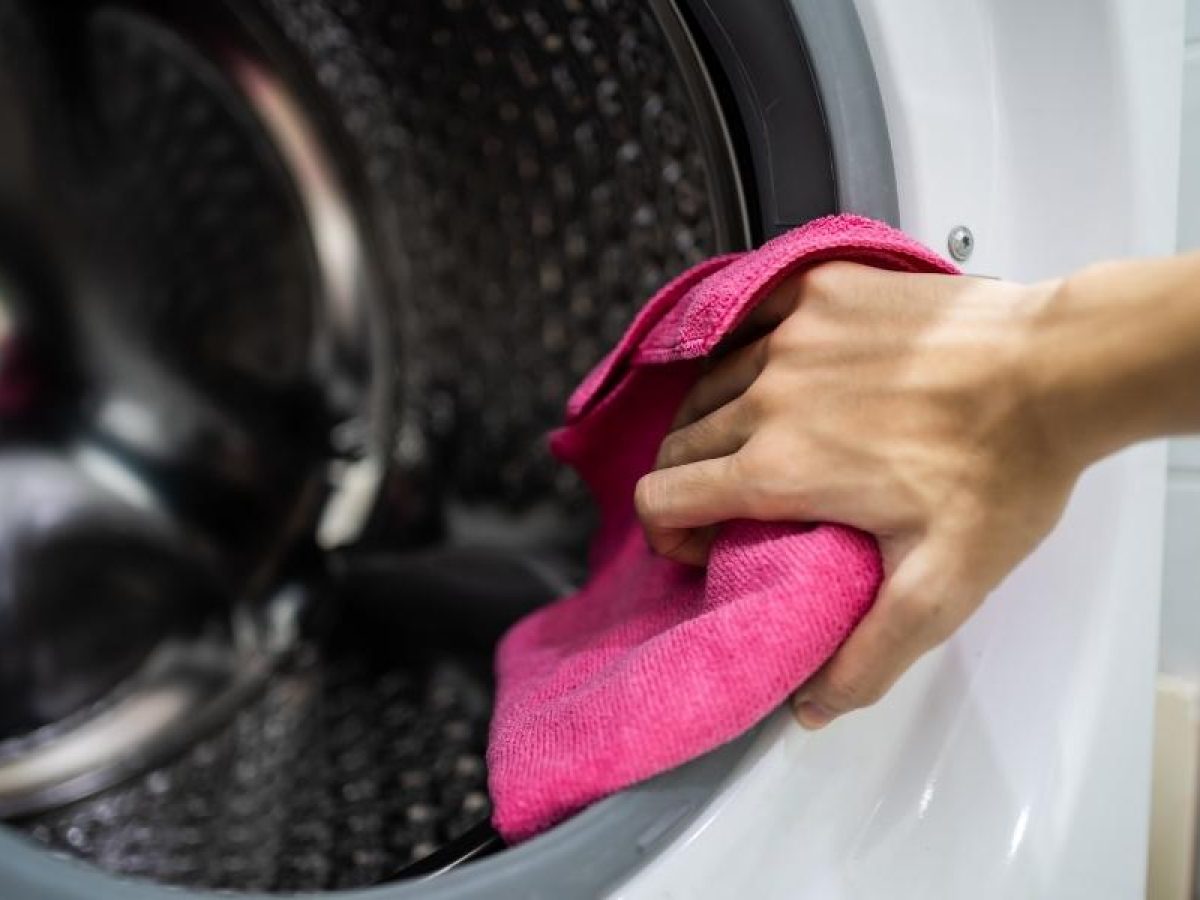
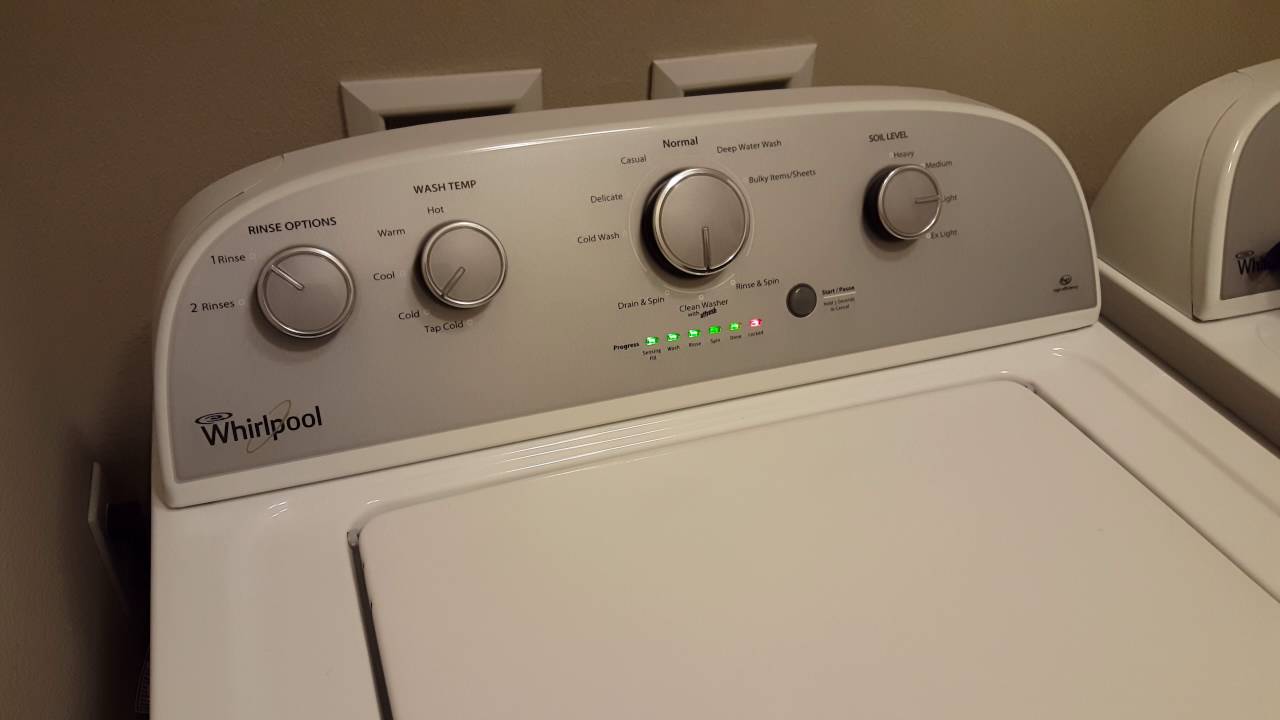
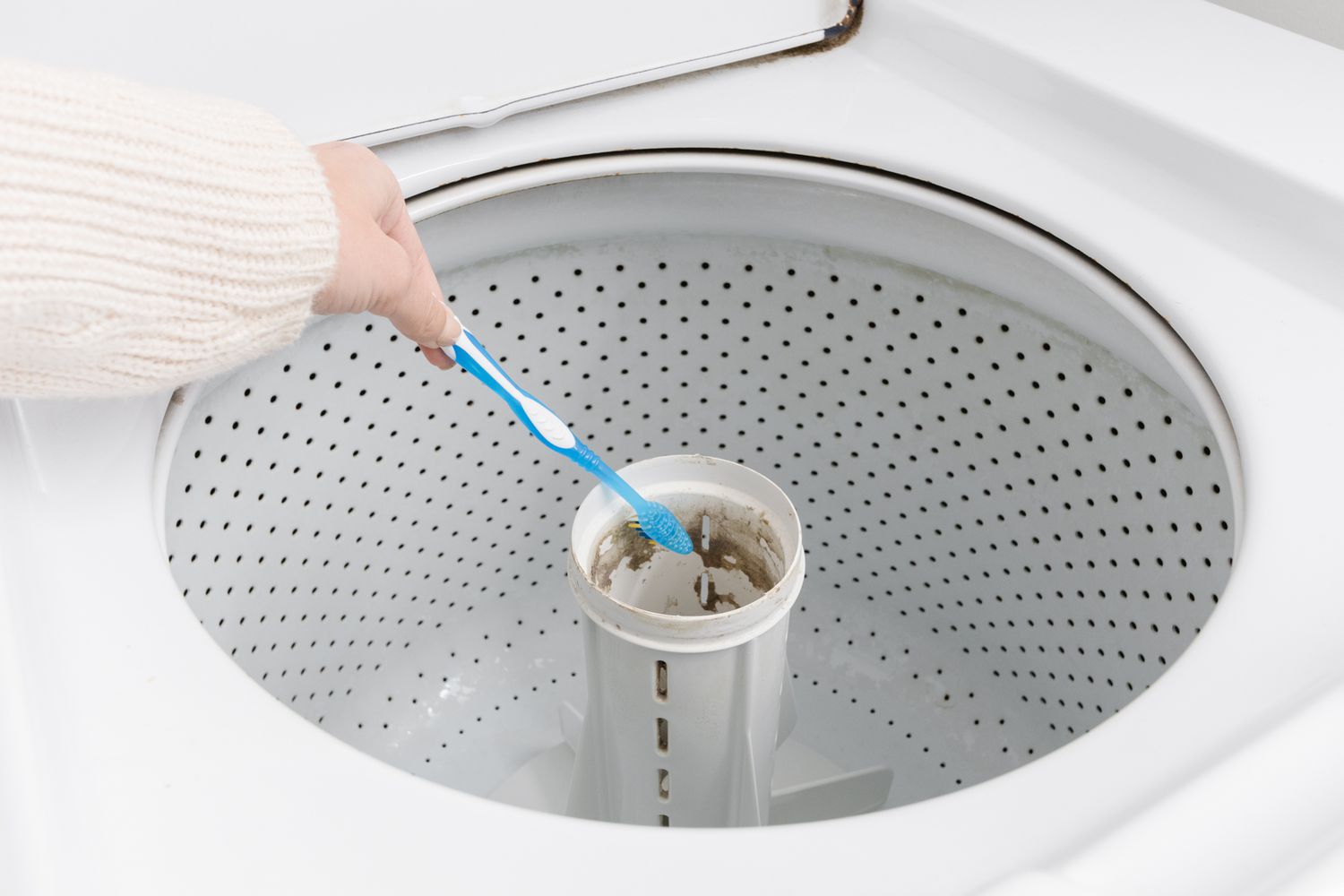
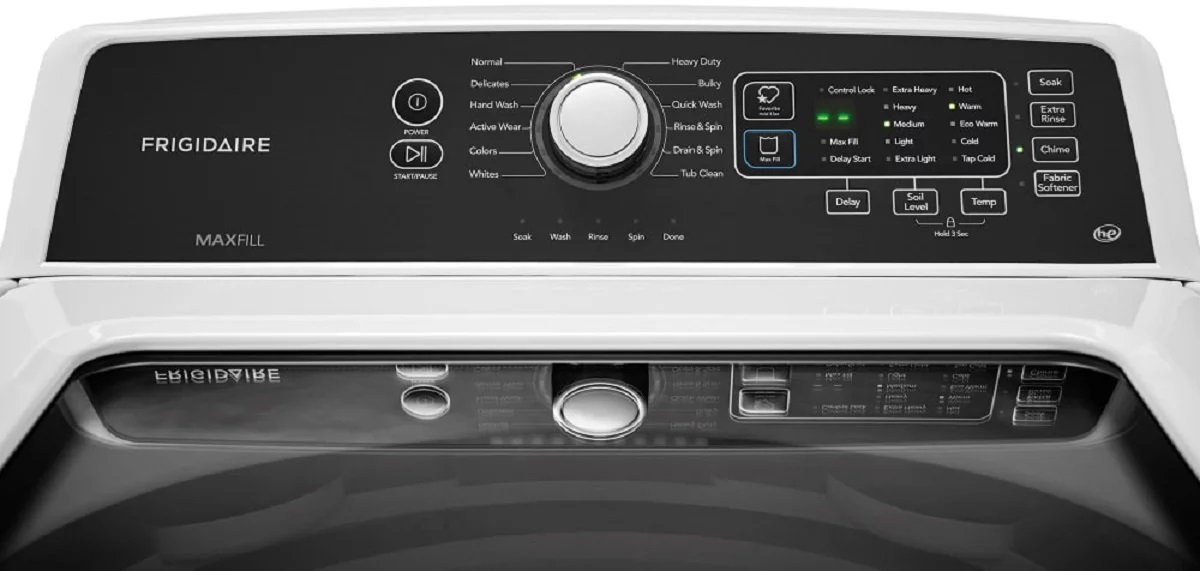

0 thoughts on “How To Wash A Tent In The Washing Machine”